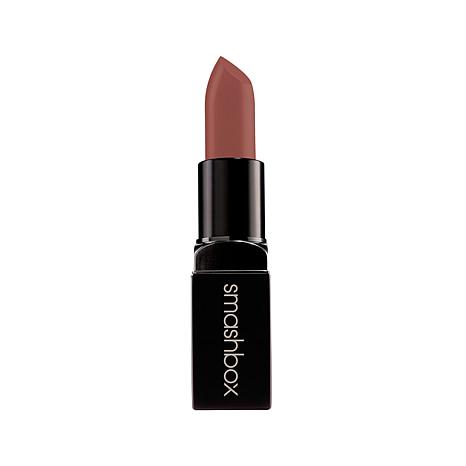Lipstick use – is it safe

Heavy metals found in lipstick and lip glosses are a matter of concern. Use of lipstick has increased compared to yesteryears – as a matter of fashion and also because more women are working in offices than ever before.
Researchers from University of California, Berkeley tested 32 lipsticks and lip glosses used by young women in a California youth program. They found concerning levels of nine heavy metals in many of the lip products, no matter what brand they were or how much they cost.
If you are spending even more to buy natural or organic lipstick it doesn’t mean it has no toxins as ‘natural doesn’t always mean non-toxic’ as all the heavy metals are after all found in air, water, rock and soil.
Lipstick is also ingested unknowingly during the course of the day – and it was found average lipstick or lip gloss use that women exceed daily intake guidelines for aluminum, cadmium, chromium and manganese.
Sadly, the Food and Drug Administration (FDA) in the US does not regulate heavy metal content in cosmetics.
However, Canada and the European Union regulate allowable levels of heavy metals in cosmetics.
The European Union has banned the presence of cadmium, chromium and lead altogether in cosmetics.
The Canadian government has set limits for the content of antimony, arsenic, cadmium, chromium, mercury and lead in cosmetics.
The Berkeley scientists found lead in 75 percent of the lipsticks and lip glosses they looked at but weren’t concerned because the daily exposure rates were lower than government-recommended guidelines for lead consumption.
The FDA did take a look at 400 lip products in 2011 to determine their lead levels and concluded they were too low to be dangerous, especially since lipsticks aren’t meant for consumption.
While the FDA does limit lead in certain color additives used in cosmetics, it doesn’t set limits on lead in final products.
This is troubling because heavy metals accumulate in the body over time. Low amounts can add up to big effects.
That’s why the Berkeley researchers did admit that children shouldn’t play with lipsticks or lip glosses. Researcher David Bellinger, in his study, ‘Very Low Lead Exposures and Children’s Neurodevelopment,’ says that ‘No level of lead exposure appears to be ‘safe’ and even the current ‘low’ levels of exposure in children are associated with neurodevelopmental deficits.’
While children are more susceptible to lead than adults, both can suffer from lead poisoning as it accumulates over time.
Lead accumulation can affect the central nervous system, immune system and the kidneys.
Its symptoms vary so widely that they are easily misdiagnosed. In adults, lead poisoning can show up as fatigue, irritability and sleeplessness, reproductive problems, joint, muscle and headaches, poor appetite, nervousness or constipation.
Lessons Learned:
- The FDA does not regulate heavy metal levels in cosmetics.
- Most of the lipstick or lip gloss that you apply is unknowingly ingested.
- Heavy metals in lip products can accumulate in your body over time.
- Discourage children and keep them away from using lipstick or lip gloss.
- Visit helpful databases to determine what beauty products are lowest in toxins.
- Use lipstick or lip gloss manufactured in Canada/EU – as allowable heavy metal is regulated.